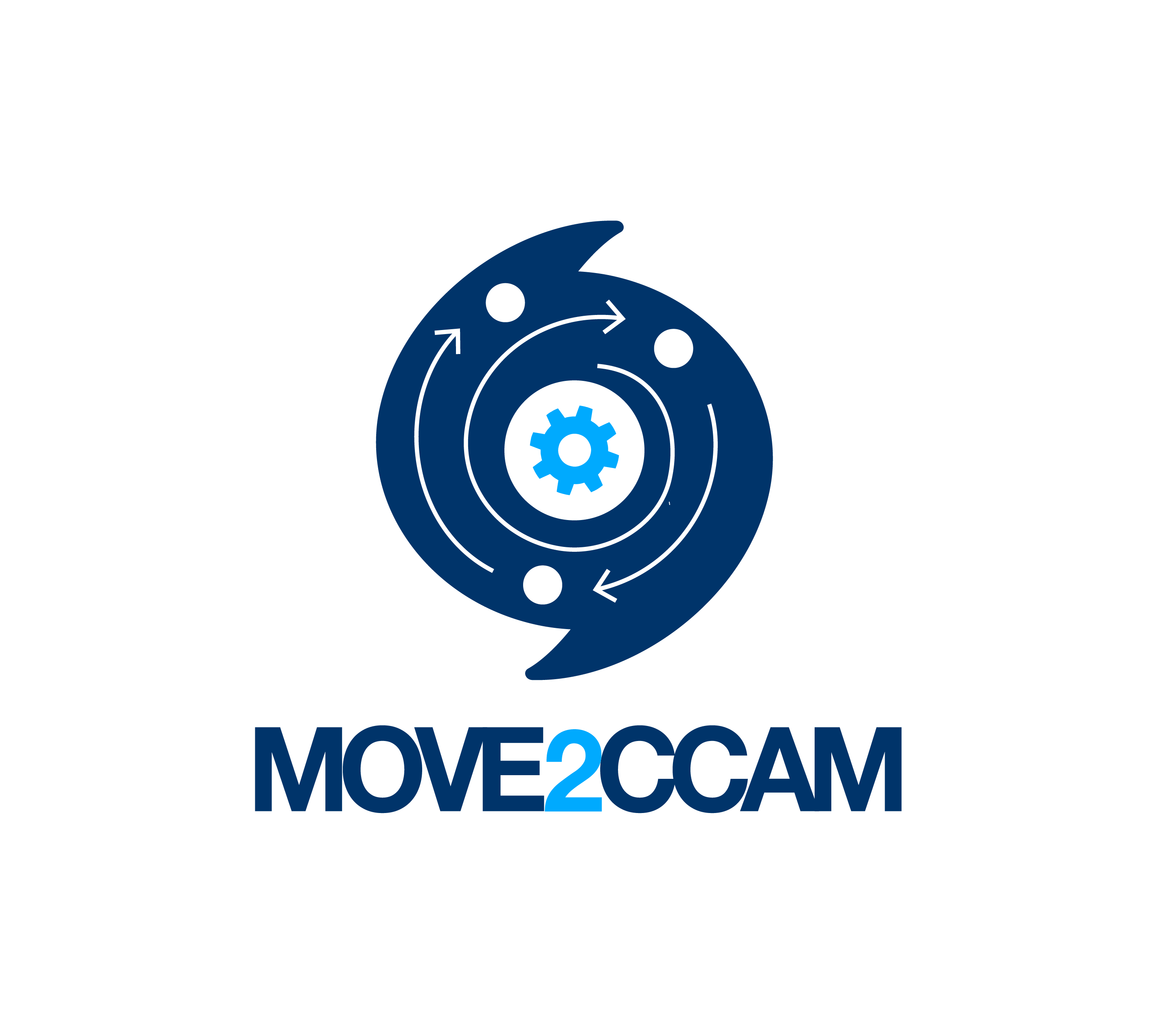
On Saturday, 20th January 2024, despite the cold yet sunny weather, many citizens from Helmond and the Brainport region came to Helmond’s Automotive Campus to experience Cooperative, Connected, and Automated Mobility (CCAM) firsthand.
The Gemeente Helmond has been involved since September 2022 as a partner in the Horizon Europe MOVE2CCAM project. Throughout 2023, the City organised five workshops on CCAM, involving both local organisations and citizens. These workshops aimed to better assess their expectations and needs and to consider with them the potential impact of automated transport services in the future.

A new step in the participation process was taken during the demo day. Indeed, the citizens who participated in the workshops were invited to experience two different in-depth aspects of CCAM.
- Organised in groups of four or five, participants boarded two different automated passenger transport vehicles – operating in a closed environment for legal reasons. They took a ride in an autonomous shuttle (manufactured by Auvetech), an eight-passenger vehicle, before transferring to an automated 30-passenger bus (manufactured by Adastec). Using different kinds of automated vehicles was important for the MOVE2CCAM partners, as it aimed to collect data on passengers’ perceived comfort in each vehicle, to determine whether they felt safer or more comfortable in one type of vehicle over another, and to identify what they liked or disliked, especially compared to vehicles driven by humans. Participants also had the chance to see a delivery robot (manufactured by Macrostep) in action, demonstrating that urban logistics stakeholders could also benefit from new services with the introduction of automated vehicles.The explanations provided by the local team and the manufacturers during the demos—on how the CCAM vehicles work, what kind of devices they are equipped with, what they can currently do, and what they cannot yet do—were much appreciated. Many questions were asked by the attendees.

- The “physical” AV demonstration was complemented by a “virtual” one. Indeed, the same citizens, equipped with virtual reality headsets, could experience a short ride in a self-driving car and/or bus. They had the opportunity to switch between the two. The environment (both on-board and outside the vehicles) varied during their trip. Through in-depth questionnaires and additional exchanges with the participants, a wealth of data was collected to assess whether they noticed those variations and if so, whether their perceptions of the trip were impacted by these changes. In addition, participants’ brain activity—i.e., their concentration and reactions—was monitored with a specific device: EEG earbuds.

Next, we’ll undertake a thorough analysis of the data collected, using it to enrich the Impact Assessment Modelling Tool. We look forward to sharing the significant outcomes in an upcoming article, providing valuable insights into the future of automated mobility. Visit our page to learn more about MOVE2CCAM!


